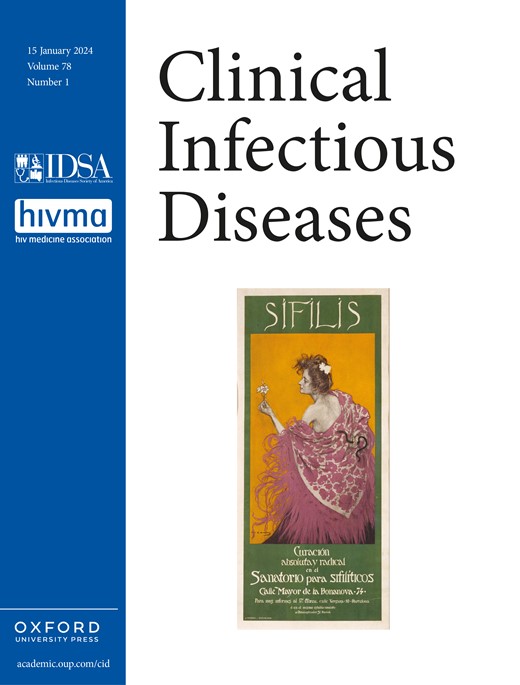Estimating the economic consequences of leveraging the novel cobas® HIV-1/HIV-2 Qualitative NAT Test in routine HIV testing
IF 8.2
1区 医学
Q1 IMMUNOLOGY
引用次数: 0
Abstract
Background Efficient and cost-effective testing strategies are needed to reduce HIV transmission. The aim of this study was to compare the costs of using the current CDC 3-step HIV algorithm - antigen/antibody screening, differentiation immunoassay (Geenius) and NAT against an alternative algorithm using a cobas® HIV-1/HIV-2 qualitative NAT. Methods A one-year cost calculator was developed from a US payer perspective using a decision-tree approach to simulate testing in a population of 1 million individuals. An estimated 2.44% of individuals were tested for HIV with an antigen/antibody immunoassay test, of which 0.72% were reactive. Based on real-world evidence, it was estimated that 8.78% and 1.95% of those tested with Geenius and cobas, respectively, were retested after indeterminate/invalid results. HIV-1/HIV-2 prevalence was applied along with test performance and retest rates to estimate the total number of tests required and the overall costs per algorithm. Results Among 175 patients, overall payer costs with the current and alternative algorithm were $5,299.37 and $6,870.24 respectively, yielding $8.95 additional cost per patient. The total number of tests performed decreased by 21.29% using the alternative algorithm (191.8 vs 243.7). The total number of retests were 20.7 and 4.5 with the current and alternative algorithm, respectively. Conclusion The study demonstrates a significant reduction in the number of cumulative tests needed to diagnose HIV accurately while remaining cost neutral to payers using the alternative algorithm. These findings suggest that the proposed alternative algorithm can streamline HIV testing, without a substantial increase in healthcare costs and minimize adverse patient outcomes.求助全文
约1分钟内获得全文
求助全文
来源期刊

Clinical Infectious Diseases
医学-传染病学
CiteScore
25.00
自引率
2.50%
发文量
900
审稿时长
3 months
期刊介绍:
Clinical Infectious Diseases (CID) is dedicated to publishing original research, reviews, guidelines, and perspectives with the potential to reshape clinical practice, providing clinicians with valuable insights for patient care. CID comprehensively addresses the clinical presentation, diagnosis, treatment, and prevention of a wide spectrum of infectious diseases. The journal places a high priority on the assessment of current and innovative treatments, microbiology, immunology, and policies, ensuring relevance to patient care in its commitment to advancing the field of infectious diseases.
 求助内容:
求助内容: 应助结果提醒方式:
应助结果提醒方式:


